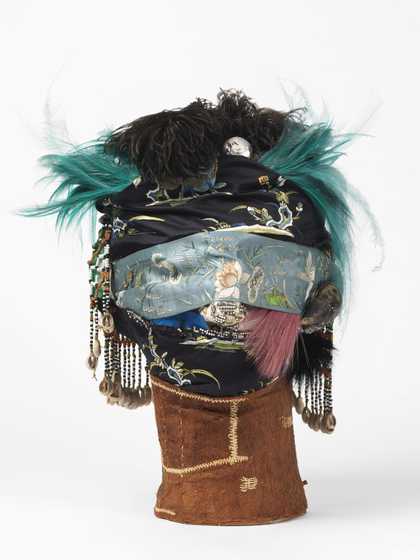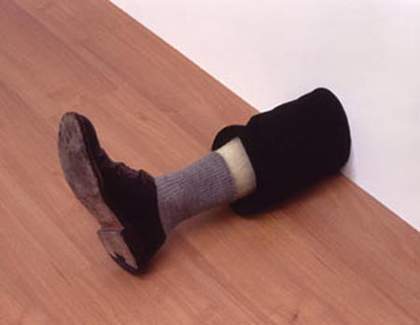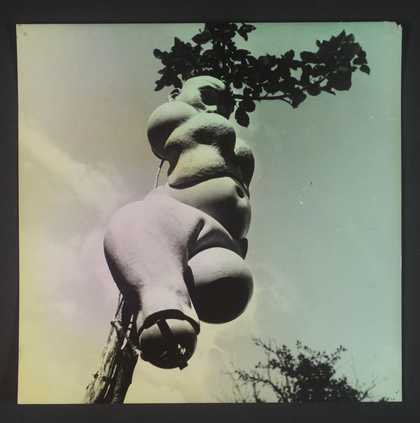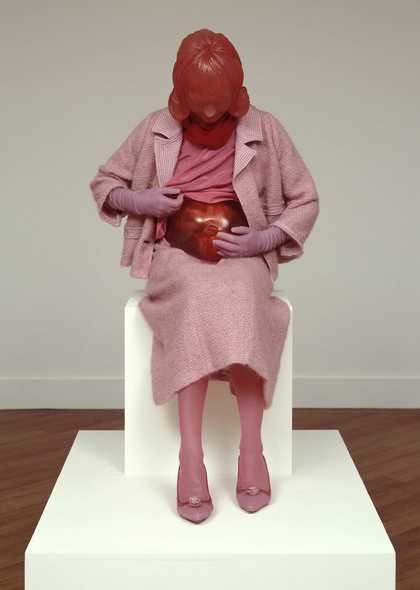The term was first used by German psychiatrist Ernst Jentsch in his essay On the Psychology of the Uncanny, 1906. Jentsch describes the uncanny – in German ‘unheimlich’ (unhomely) – as something new and unknown that can often be seen as negative at first.
Sigmund Freud's essay The Uncanny (1919) however repositioned the idea as the instance when something can be familiar and yet alien at the same time. He suggested that ‘unheimlich’ was specifically in opposition to ‘heimlich’, which can mean homely and familiar but also secret and concealed or private. ‘Unheimlich’ therefore was not just unknown, but also, he argued, bringing out something that was hidden or repressed. He called it 'that class of frightening which leads back to what is known of old and long familiar.'
Artists, including some associated with the surrealist movement drew on this description and made artworks that combined familiar things in unexpected ways to create uncanny feelings.
Now, the term 'uncanny valley' is also applied to artworks and animation or video games that that reproduce places and people so closely that they create a similar eerie feeling.












